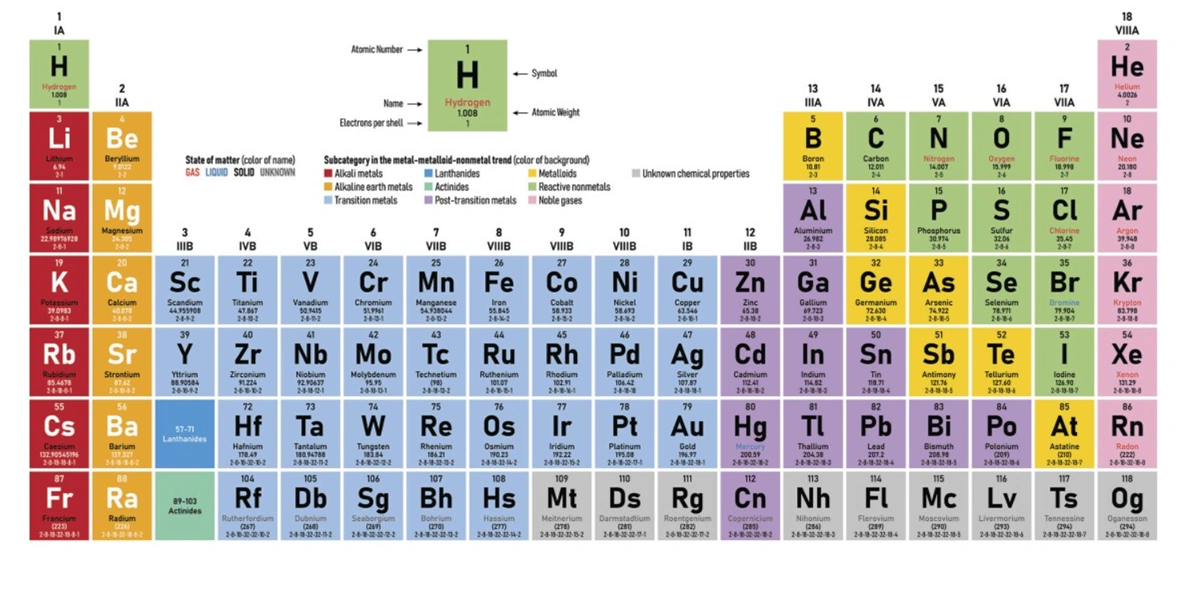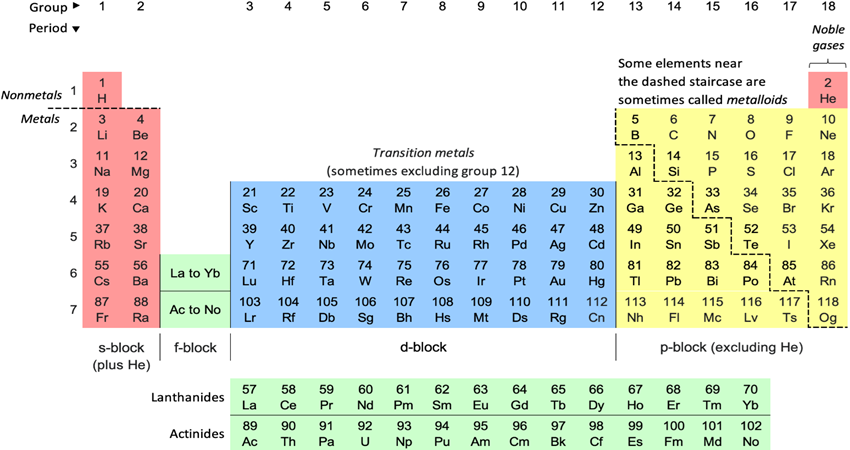- Fire bricks
- Fire clays are suitable for a variety of applications and so they are the most widely used refractory materials.
- Fire clays are hydrated aluminium silicates having the general composition , Al2O3 2SiO2 2H2O .
- Fire clays form acidic refractories.
Manufacture
- Fire clay is dug and then allowed to weather for a long time in order to increase its plasticity.
- It is then mixed in a bug mill or in a mixing machine, with required amount of water.
- A more uniform and intimate mixture is obtained.
- Fire bricks are then shaped.
- The temperature of firing also varies from 1200°C to 1400°C .
- Cooling process also takes about 7-10 days, depending upon the nature of the kiln employed.
Properties
(a) Colour: The colour of the fire clay bricks may be white, cream, light, brown pale buff etc.
(b) Hardness: Properly fired fire brick is as hard as steel.
(c) Porosity: Porosity of fire clay bricks is high.
(d) Fusion point: The fusion point is 1500 – 1750°C
(e) Chemical properties: Fire clay refractories are acidic refractories and hence they react with alkalies and other bases.
(f) Spalling: A number of fire clay bricks have the property of spalling, if they are rapidly cooled.
(g) Electrical resistance: High.
Uses
- The refractories are used in the construction of reverberatory furnaces for annealing, rosting etc.
- They are widely used in the steel industries for the lining of blast furnaces.
- They are also used in lime kilns, brass and copper furnaces, ceramic and metallurgical kilns, boilers and in glass furnaces etc.
2. Magnesite bricks
- Magnesite is naturally occurring as magnesium carbonate . (MgCO3) and also occurs as hydrated carbonate of magnesia.
- Composition: MgO = 87.5%, SiO2 = 4%, Al2O3 = 2% , Fe2O3 = 6%, CaO =0.5% .
- As a result of calcination, magnesia (MgCO3) gets converted into crystalline magnesia, known as periclase and calcined magnesite shown as dead-burnt magnesite.
- The magnesite bricks are basic in nature.
Manufacture
- The magnesite is calcined at about 1600°C and then crushed into fine powder by using suitable crushers.
- Then, a bonding material such as iron ore is added.
- The prepared powder is pressed into bricks in hydraulic presses.
- Drying is done very slowly and carefully.
- After about a week, the bricks are loaded into kilns for firing.
- Magnesite bricks have to be loaded in sections supported by silica bricks, in order to reduce the load.
- The kiln temperature is slowly increased to 1500°C and then the kiln is slowly cooled. The whole cycle completes in about 4 weeks.
- Magnesite bricks undergo spalling, when they are subjected to temperature fluctuations.
Properties
(a) Colour: They are grey or brown in colour.
(b) Fusion point: Their fusion point is 2800°C .
(c)Hardness: Their hardness is about 4-5 mhos.
(d) Resistance to slag: They are basic refractories and so they are affected by acidic slags such as slags from open hearth steel furnaces.
(e) Spalling Thermal expansion of magnesite refractory is much greater than fire clay bricks. Hence magnesite refractory cannot withstand sudden temperature fluctuations.
(f) Chemical reactivity: They are attacked by reducing agents and by carbon at 1450°C .
(g) Porosity: Their porosity is low, if manufactured without any binding materials. Porosity is high if manufactured with some binding materials like starch, cellulose etc.
(h) Mechanical strength: Mechanical strength is high.
(i) Electrical Resistance: They posses very high electrical resistance.
Uses
- Magnesite refractories are used in open hearth and electric furnace walls, and in the burning zones of cement kilns.
- They are also been used in the construction of basic open hearth furnace, hot metal mixtures, converters for Cu, Pb, Ni etc., and furnaces for refining noble metals.
3. Silicon carbide or carborundum refractories:
- Carborundum and graphic are the materials which are intermediate between metals and ceramic materials as far as heat conductivity is concerned.
- Silicon carbide is manufactured by the fusion of sand and coke in an electric furnace.
- They are mechanically strong and can withstand loads in furnaces up to 1650°C .
- The carborundum bricks are neutral in nature.
Manufacture
- They are prepared by heating together a mixture of Sand (SiO2)= 52%-54% + Coke (C)= 35% + Sawdust = 7%-11% + Salt = 1.5%-4% , in an electric furnace at about 1300-2200°C.
- The following reaction takes place:
- The carborundum thus formed has the following composition: Silicon = 65%; Carbon =30% and impurities = 5%.
- The carborundum prepared by the above method is mixed with a binding material and water in a pan mill.
- This mixture is moulded into bricks by hand or presses.
- The moulded bricks are then fired in an electric furnace up to 1400- 2000°C , depending upon the property needed. Firing is done in a natural or reducing atmosphere.
Properties
(a) Colour: Dark grey to blue black.
(b) Hardness: High. (c) Thermal conductivity: Very high.
(d) Fusion point: Around 2500°C . It starts decomposing at 2250°C .
(e) Refractoriness: High refractoriness.
(f) Resistence to spalling: High.
(g) Thermal conductivity: Very high.
(h) Action of molten salts: Not attacked by molten salts.
(i) Mechanical strength: They posses very high mechanical strength.
Uses
- They are used for the manufacture of electrical resistors.
- They are used to a greater extent in muffles, in the manufacture of saggers, for supporting the ware in tunnel ovens etc.
| Read More Topics |
| What is the basic theory of chemical kinetics? |
| Light water reactor nuclear power plant |
| Classification of nuclear reactor |





